India steps up Buddhist heritage outreach as sacred relics draw massive crowds in Russia
More than 90,000 devotees have already visited the Geden Sheddup ChoikorlingMonastery in Elista, Kalmykia—the only Buddhist-majority region in Europe—to pay homage since the relics arrived on October 11.
Brought by a high-level delegation led by Uttar Pradesh Deputy Chief Minister Keshav Prasad Maurya and senior monks, the sacred artefacts—recognised as India’s National Treasure—have transformed the monastery, also known as the Golden Abode of Shakyamuni Buddha, into the centre of a historic spiritual gathering.
Queues stretching nearly a kilometre reflect the deep reverence and enduring cultural ties between India and Russia—strengthened by the legacy of Ladakhimonk Kushok Bakula Rinpoche, who played a key role in reviving Buddhism in Kalmykia and neighbouring Russian regions. Organised by India’s Ministry of Culture with the International Buddhist Confederation, the exhibition concluded on October 18 and further reinforced India’s role as a global custodian of Buddhist heritage.
India’s Preservation Push Gains Momentum
With major international Buddhist events planned in 2025 and a strong rebound in tourism, the Government of India has renewed focus on conservation, infrastructure upgrades, and cultural diplomacy.
Landmark Buddhist sites—including Bodh Gaya, Sarnath, and Kushinagar—continue to receive major investments under initiatives such as the Swadesh Darshan Scheme. Projects include - $9.55M revitalisation of Shrawasti, Uttar Pradesh; $3.8M allocated previously to develop Gujarat circuit sites; $9M for circuit development in Madhya Pradesh.
India is also expanding international cooperation—including a 2024 cultural property agreement with the United States to curb antiquities trafficking—and offering preservation support to Southeast Asian nations.
Digital mapping and virtual preservation efforts are underway to ensure longevity of sacred structures and cultural assets.
As host to the origins of Buddhism, India recorded 9.66 million foreign tourist arrivals in 2024, generating nearly $33 billion in foreign exchange earnings—much of it tied to cultural and pilgrimage circuits.
Enhanced accessibility and amenities are helping global visitors connect more meaningfully with Buddhist traditions.
India’s preservation campaigns, international cultural engagements, and technology-driven conservation underscore a modern commitment to protect an ancient, universal message. As global attention reaches new heights—exemplified by the overwhelming response in Russia—India continues to extend an open invitation to rediscover the wisdom of Buddha at its sacred source.
Recommended
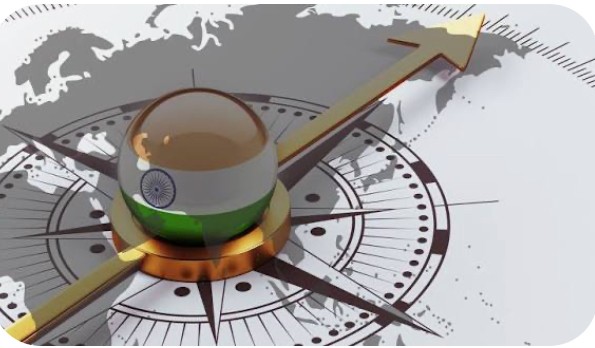 World
World
India’s package for exporters signals confidence in Southeast Asia markets
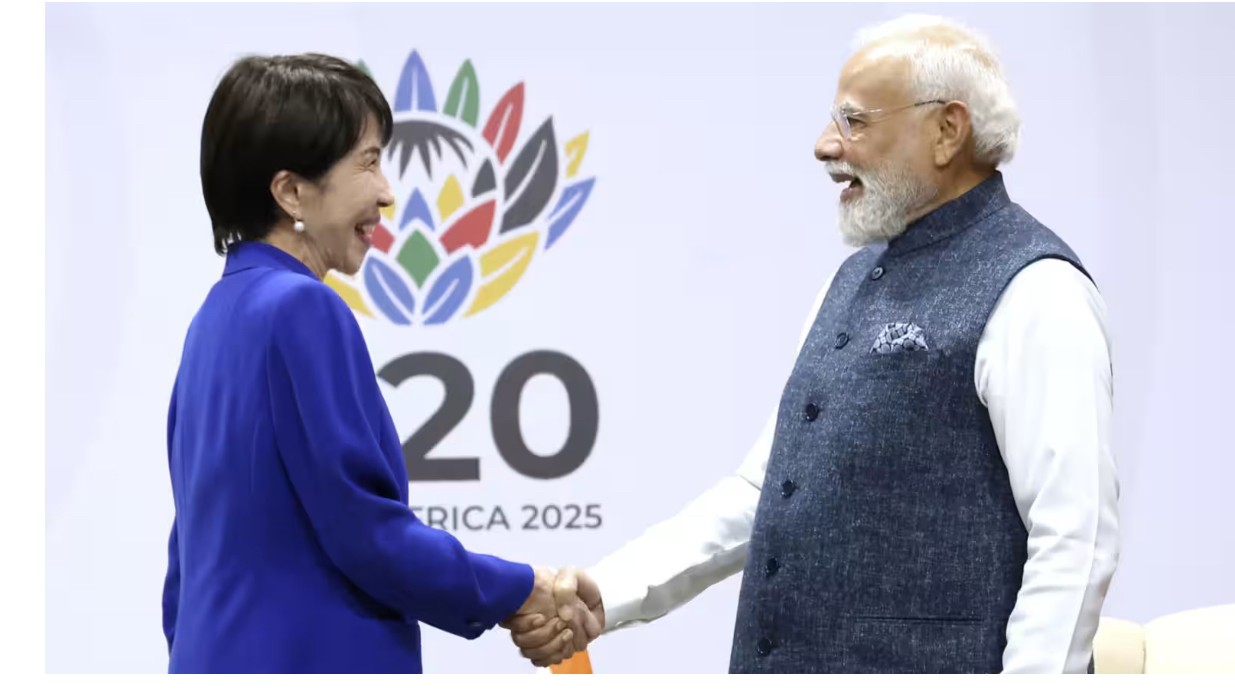 World
World
Japanese PM Sanae Takaichi and Indian PM Narendra Modi agree to deepen Japan-India cooperation
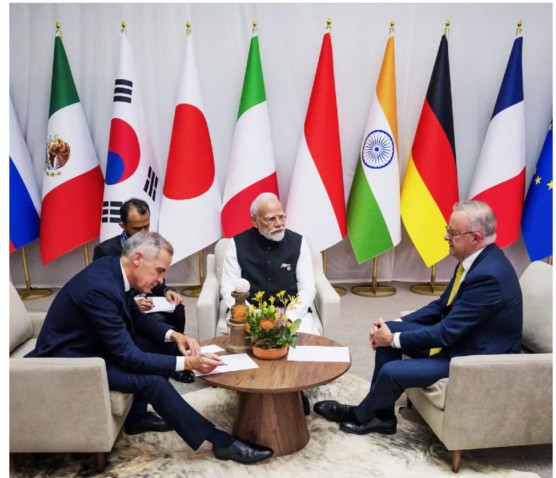 World
World
Australia, Canada, India Enhance Cooperation in Technology
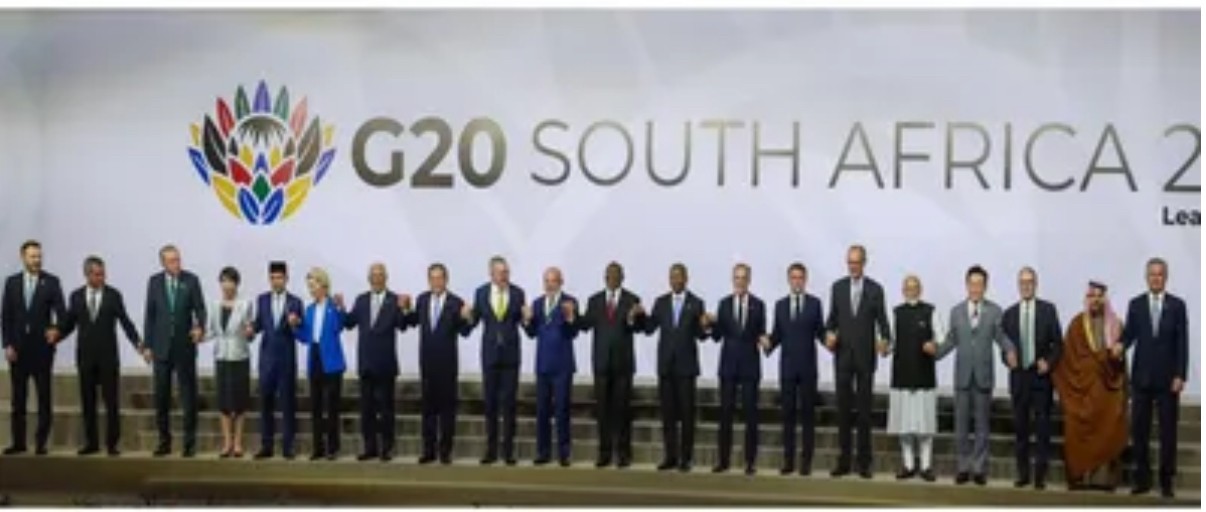 World
World
PM Modi underscores "shared commitment to global progress and prosperity" at G20 Leaders' Summit in Johannesburg
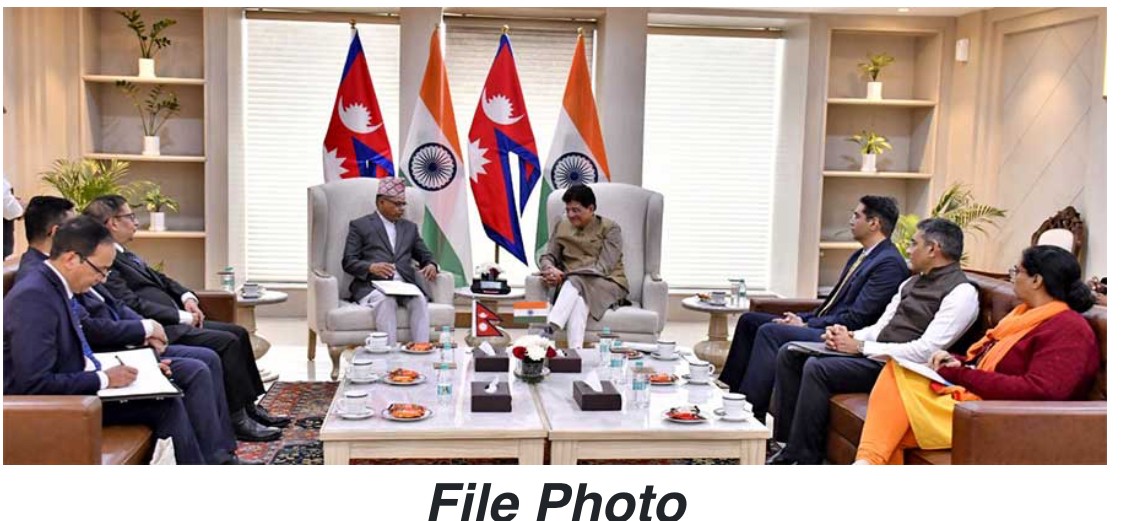 World
World
Bridges beyond borders: India’s supports Nepal’s growth, tourism, and cricket dream
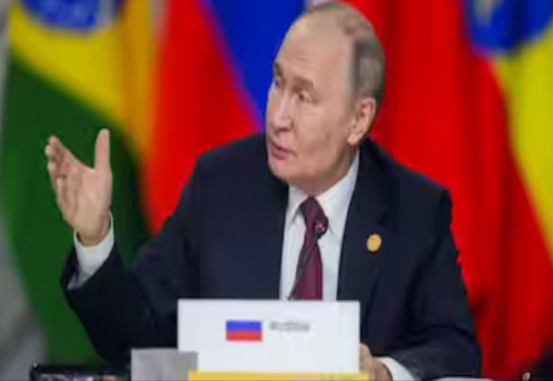 World
World
Russia 'Actively Preparing' For Putin's India Visit: Kremlin
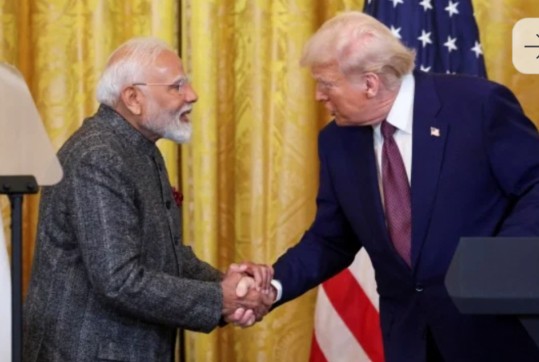 World
World
Are US-India ties set for a rebound after Trump’s trade talk optimism?
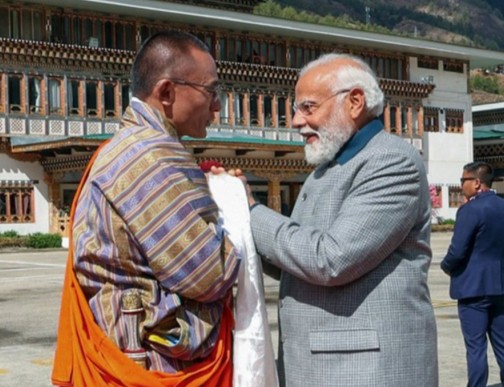 World
World
